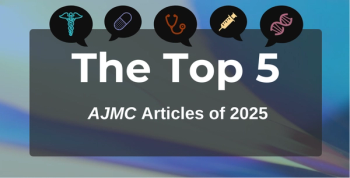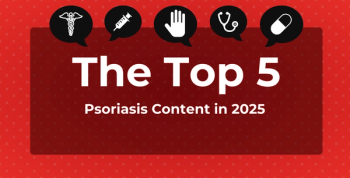
Model Predicts Which Patients Will Respond to Immune Checkpoint Inhibitors
Based on their analysis, the researchers compiled a recommended number of genes to include in panels for 14 cancer types.
Aiming to better select panels and models for accurate prediction of tumor mutational burden (TMB), researchers are proposing cancer-specific panels for an array of malignancies, which they say can help better select the appropriate patients for immune checkpoint inhibitor treatment.
The researchers analyzed the prevalence of mutations across the cancers, finding high variability.
“In view of the significant variability among different types of tumor, a cancer-specific strategy was used to design panels for TMB prediction,” wrote the researchers, “After excluding the largest genes, we selected for each cancer type the genes with mutations in ≥1% of the samples. Samples with mutations in at least one of these ‘gene-sets’ were used for further analysis.”
Based on their analysis, the researchers compiled a recommended number of genes to include in panels for each of the cancer types:
- Breast cancer: 199
- Glioma: 98
- Endometrial cancer: 33
- Colorectal cancer: 185
- Liver cancer:231
- Ovarian serous cancer: 61
- Pancreatic cancer: 111
- Prostate cancer: 124
- Non-melanoma skin cancer: 40
- Gastric cancer: 80
- Head and neck cancer: 89
- Urinary tract other: 40
The proportion of genes that overlapped in the panels for the different cancer types ranged from 0% to 40%. In some cases, such as urinary tract or non-melanoma skin tumor, the percentage never reached 10%.
In order to test the association of the TMBs estimated in each of the recommended panels with outcomes to immune checkpoint inhibitor treatment, the researchers drew on data from a published cohort of 174 patients with metastatic melanoma and a cohort of 34 patients with NSCLC.
“First, we predicted the TMB for each sample using our suggested panels of 126 genes (0.79 Mb) for melanoma and 175 genes (0.97Mb) for NSCLC. As expected, predicted TMBs showed an excellent correlation with the published, experimental TMBs (R2=0.96 and 0.84 for melanoma and lung, respectively),” explained the researchers.
In their analysis, they found that a threshold of 150 mutations showed the best correlation with response to treatment. “Response rate of melanoma patients with >150 predicted mutations was 51%, compared with 18% in those with <150 predicted mutations.”
Median overall survival (OS) among patients with high predicted TMB was 24.3 months, more than double that of patients with low predicted TMB, who had an OS of 10.1 months.
The researchers found similar results when looking at the NSCLC cohort, with 56% of patients with high predicted TMB achieving a partial response to TCB treatment compared with 175 of patients with low TMB.
Reference
Martínez-PérezE, Molina-Vila M, Marino, Buslje C. Panels and models for accurate prediction of tumor mutation burden in tumor samples. NPJ Precis Oncol. Published online April 13, 2021. doi:10.1038/s41698-021-00169-0
Newsletter
Stay ahead of policy, cost, and value—subscribe to AJMC for expert insights at the intersection of clinical care and health economics.








































